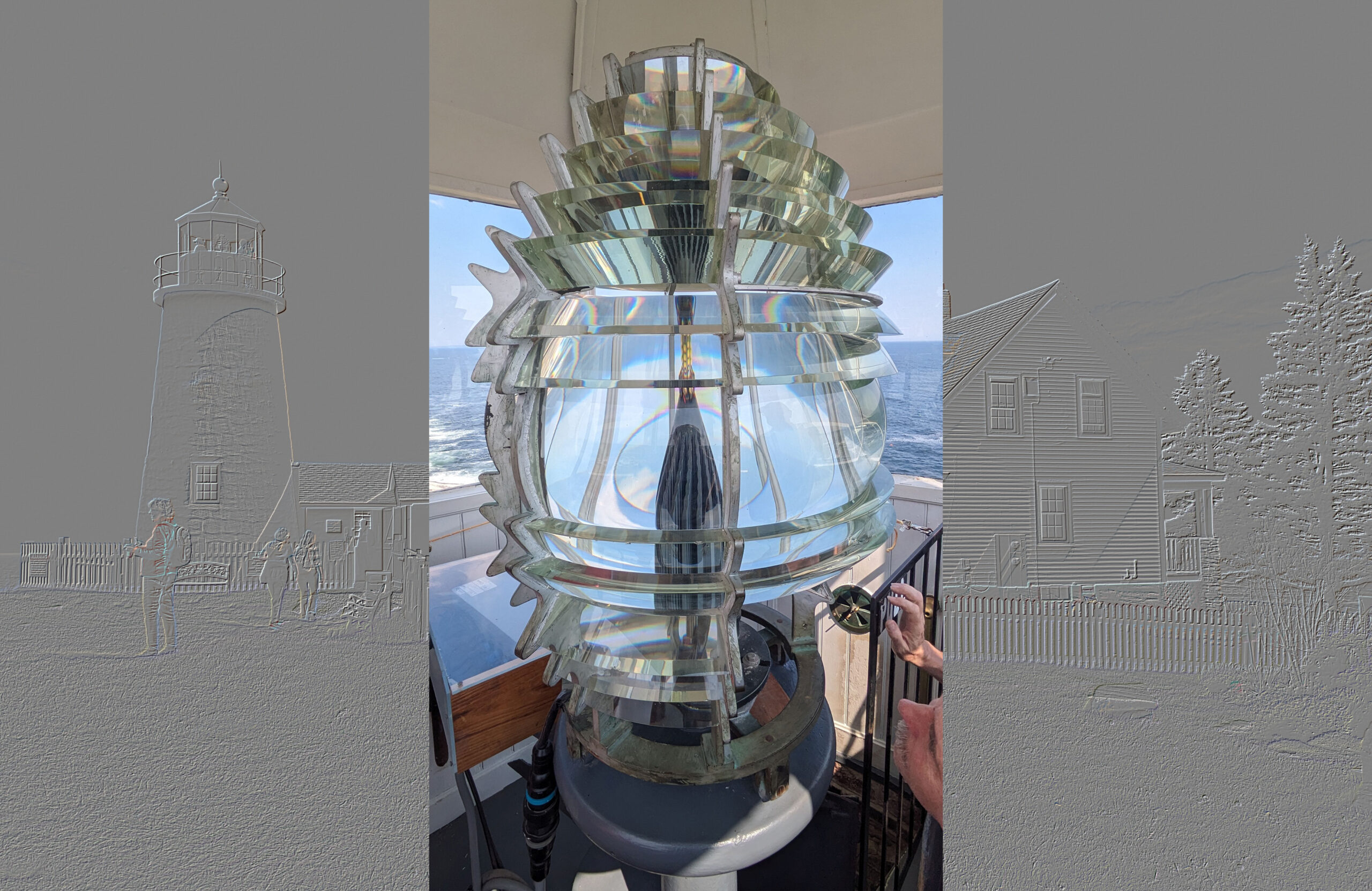
[Image above] Spider web with dew drops. Credit: Robert Holmes; Flickr CC BY-NC-ND 2.0
Spiders might toe the line between total creepiness and utter fascination—but what’s not up for debate is the versatility of spider silk when it comes to an impressive and varied list of potential applications.
Materials scientists and researchers continue to develop cost-efficient, practical methods for creating spider silk thread in the lab that rivals the impressive strength and durability of the real thing. Because, as we’ve reported before, extracting natural spider silk from the source is far from scalable.
Spider silk could revolutionize materials used for things like bulletproof vests, biodegradable water bottles, flexible bridge suspension ropes, vehicle air bags, and protective cases and covers for electronics, which all rely on unparalleled toughness and flexibility when put to the test. That’s why Japanese company Spiber is on the spider silk bandwagon—they partnered with high-performance sportswear outfitter The North Face to create a parka made from genetically engineered spider silk fiber.
But spider silk’s advanced material potential extends beyond durable-yet-flexible protection.
For the first time ever, scientists at Bangor University and the University of Oxford in the U.K. are using spider silk as a superlens to increase the magnification potential of microscopes.
“Extending the limit of classical microscopes’ resolution has been the ‘El Dorado’ or ‘Holy Grail’ of microscopy for over a century. Physical laws of light make it impossible to view objects smaller than 200 nm—the smallest size of bacteria—using a normal microscope alone. However, superlenses that enable us to see beyond the current magnification have been the goal since the turn of the millennium,” explains a Bangor press release about the research.
The team found that using dragline silk of the golden web spider as a superlens adds an additional two to three times magnification—the first time that a naturally occurring biological material has been used as a superlens.
“We have proved that the resolution barrier of microscopes can be broken using a superlens, but production of manufactured superlenses involves some complex engineering processes that are not widely accessible to other researchers,” says Zengbo Wang, co-author of the research from Bangor. “This is why we have been interested in looking for naturally occurring superlenses provided by Mother Nature, which may exist around us, so that everyone can access superlenses.”

(a) Nephila edulis spider in its web. (b) Schematic drawing of reflection mode silk biosuperlens imaging. The spider silk was placed directly on top of the sample surface using a soft tape, which magnifies underlying objects 2-3 times. (c) SEM image of Blu-ray disk with 200/100 nm groove and lines. (d) Clear magnified image (2.1x) of Blu-ray disk under spider silk superlens. Credit: Bangor University/University of Oxford
And these lenses could enable researchers to view structures that have been essentially invisible using current light microscopes—such as engineered nanostructures and biological microstructures like native germs and viruses.
“It is very exciting to find yet another cutting edge and totally novel use for spider silk, which we have been studying for over two decades in my laboratory,” adds Fritz Vollrath, coauthor of the research from the Silk Group at Oxford University’s Department of Zoology.
What makes spider silk work so well as a supreme superlens is its natural cylindrical structure at a micron- and submicron-scale. The spider silk filaments used by the researchers had diameters of just one tenth of a human hair.
The concept can be compared to looking through a cylindrical glass bottle, the release explains. “The clearest image runs along the narrow strip directly opposite your line of vision, providing a one-dimensional viewing image along its length.”
And the cylindrical properties of this spider silk bio-lens have advantages over traditional microsphere superlenses, says Wang. “Importantly for potential commercial applications, a spider silk nanoscope would be robust and economical, which in turn could provide excellent manufacturing platforms for a wide range of applications.”
The research, published in Nano Letters, is “Spider silk: Mother Nature’s bio-superlens” (DOI: 10.1021/acs.nanolett.6b02641).
Author
Stephanie Liverani
CTT Categories
- Material Innovations
- Optics


